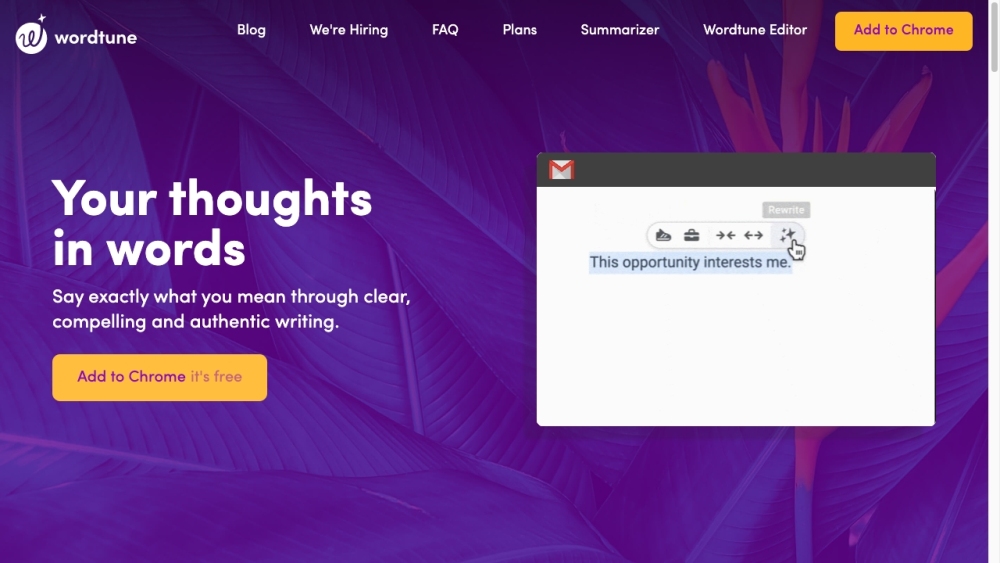If you've explored popular text-to-image AI art generation services like Midjourney or OpenAI's DALL-E, you've likely noticed a common interface—a chat format where users enter text prompts and receive images in a linear flow. While this approach suits many users, it can limit the creative capabilities of established artists and designers. Enter San Francisco-based Visual Electric, a startup emerging from stealth mode after securing a seed round from Sequoia, BoxGroup, and Designer Fund. They aim to redefine the AI art generation experience.
"There are numerous workflow-specific optimizations needed for graphic designers and concept artists," said Colin Dunn, founder and CEO of Visual Electric, in an exclusive media interview. Dunn has a rich background, leading product design at the mobile website platform Universe and serving as head of design at Google-acquired Playspace.
Visual Electric seeks to offer a superior product for AI art and visual design tailored for independent designers, in-house branding teams, and "pro-sumers." Rather than launching their own AI image generator, they build upon the open-source Stable Diffusion XL model, amidst ongoing copyright litigation involving its creators, Stability AI and Midjourney.
Dunn and his co-founders—CPO Adam Menges from Microsoft-acquired Lobe, and CTO Zach Stiggelbout—recognize that as image generation models become commoditized, a standout user interface is key to success. "We aim to deliver the best product experience," Dunn stated. "We’re model agnostic and can easily adopt whichever model yields the best results for users."
Visual Electric distinguishes itself by providing an infinite virtual "canvas," allowing users to generate and manipulate images alongside each other, as opposed to the linear format of traditional AI art apps that require endless scrolling. "Creativity is nonlinear," Dunn explained. "You want to explore various paths rather than sticking to a rigid flow."
The app retains a text prompt box, now positioned at the top of the screen, and enhances user experience with autocomplete suggestions based on early user feedback. This feature helps users who may struggle to articulate their creative vision, while also allowing for custom prompts.
Visual Electric boasts additional tools for modifying images, including preset styles that reflect various artistic influences like "marker," "3D render," and more, with frequent updates. Users can conveniently set image aspect ratios through dropdowns, making it competitive with Adobe’s Firefly 2 AI art interface.
Moreover, the platform features tools for "remixing" images, enabling users to regenerate specific parts of an image, and an upscaler to enhance detail and resolution.
Since its public launch today, Visual Electric has been alpha testing with select designers, collecting feedback that has already proven invaluable. Dunn cited one client who transformed their workflow by generating tailored images for university menus, eliminating the tedious process of finding and editing stock imagery.
An additional standout feature is the “Inspiration” feed, showcasing AI-generated images from other users, which users can hover over to see prompts and remix into their own private canvas. Dunn emphasized the need for a unified tool that integrates inspiration and creation, similar to platforms like Pinterest for visual ideas.
Visual Electric offers a public launch today, with pricing options: a free plan with 40 daily generations (limited to personal use), a standard plan at $20/month (or $16 if paid annually) for community sharing and faster speeds, and a pro plan at $60/month (or $48 if paid annually) offering higher resolutions and private generation options.
This new approach challenges the norms of AI art generation, catering to creativity and collaboration in a way that traditional interfaces cannot.





